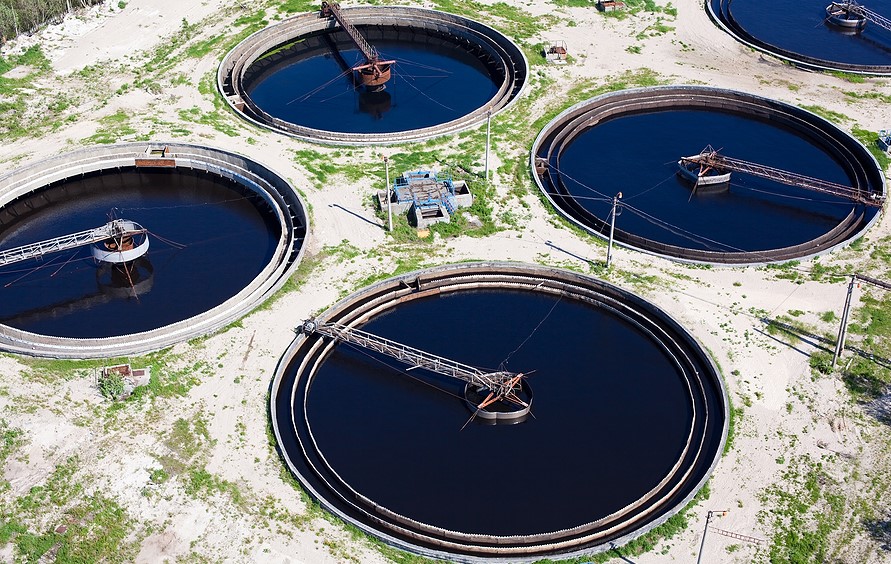News
Thames Water Raw Sewage Discharges ‘Up 50 percent In A Year’
Despite widespread concern about the state of the nation’s waterways, with just 14 per cent of them classified as having good ecological status, and despite significant public outcry about water supplier pollution rates, raw sewage discharges by beleaguered utility company Thames Water increased by 50 per cent in 2024, compared to the year before.
Data obtained by analyst Peter Hammond – seen exclusively by the Guardian – shows that the water supplier was responsible for nearly 300,000 hours of raw sewage being discharged into waterways in 2024, compared to the 196,414 hours registered in 2023.
This is just the latest in the Thames Water tale of woe, with the company now on the verge of collapse, buckling under debts of £19 billion, and having just won approval from the court of appeal for a £3 billion emergency debt bailout to keep collapse at bay.
Sewage discharges
Where sewage discharges are concerned, part of the problem is the supplier’s ageing pipe network, with combined sewer overflows, treatment works and pumping stations starting to crumble and increasingly incapable of meeting public demand… something that will only become more problematic over time in line with population growth and climate change.
The company’s sewage treatment works accounted for nearly 90 per cent of the 298,081 hours of raw sewage released into rivers last year. A criminal Environment Agency investigation is currently ongoing into these works and illegal sewage dumping, while another inquiry – this time by Ofwat – is also underway.
The data also shows that combined sewer overflow use appears to be on the rise, despite the fact that these facilities are only supposed to operate in exceptional circumstances. Sewage pumping stations are also discharging raw sewage, so it seems.
For example, the Chesham treatment works saw 2,681 hours of discharge and the Marlborough works saw 2,786 hours of discharge. The Amersham balancing tanks in Buckinghamshire, meanwhile, discharged 4,843 hours of sewage, even though they’re designed to store excess sewage safely after intense periods of heavy rainfall.
Mr Hammond’s analysis suggests that discharges are being carried out in breach of the company’s environmental permits and, as such, could be illegal, with some spillages taking place on dry days.
In order to pay for the investment required to bring infrastructure up to scratch, Thames Water is now looking to increase household bills by 59 per cent over the next five years, with an appeal having already been sent in to the Competition and Markets Authority. Industry regulator Ofwat has currently approved bill hikes of 35 per cent.
Thames Water itself has, in fact, admitted that decades of underinvestment have resulted in degradation of its sewage treatment works, with business documents showing that these assets have been left to sweat as a result of failures to invest in upkeep. The end result? Infrastructure that puts public safety, water supplies and the environment at risk.
Commenting on the findings, Thames Water said the data would need to be verified by the Environment Agency and, therefore, be subject to change. It said in a statement: “In 2024 we experienced one of the wettest years on record.
“Storm discharges are closely correlated with rainfall and groundwater conditions, and we therefore experienced an increase in the frequency and duration of storm discharge events during 2024.
“We know how much people enjoy and appreciate rivers, which is why over the next five years we will deliver a record amount of investment to address our ageing infrastructure. This is an enormous undertaking; we are responsible for the oldest and most complex infrastructure of any company in the sector.”
Are you worried about bill increases?
While it’s great that infrastructure upgrades will be carried out over the next five years and beyond, it is naturally concerning that bills will be increased in order to meet the investment costs.
For businesses, one of the best ways to reduce your water bills is to consider switching water supplier. Part of the process involves water bill validation, where historical bills are compared with water use so you know you’re only paying for what you’re using.
Previous bills will be checked for accuracy so you know you’re not being overcharged (and, in many cases, refunds can be sought totalling thousands of pounds), while new ways to save money can also be identified for future benefit. Further, bills can be monitored over the years so you never end up paying more than you should be.
If you’d like to find out more, get in touch with the H2o Building Services team today.
